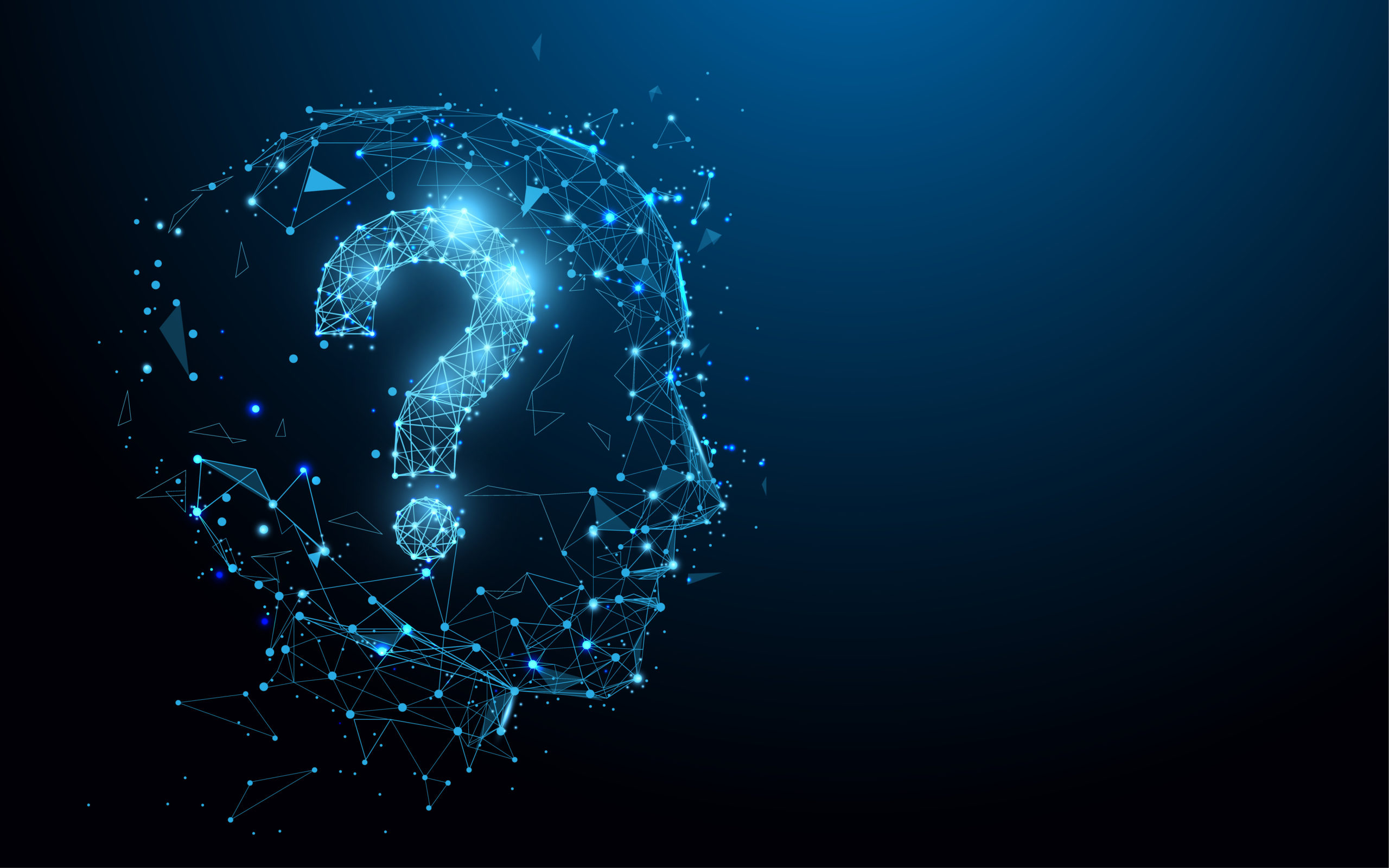The Self-Driving Enterprise: How AI Will Make Apps and Us Work Better
AI has begun to take hold in the everyday, in the form of Siri, Alexa and autonomous vehicles. But if identifying the nearest Korean BBQ and driving me there is all that the future of AI promises, well that’s a damn shame.
It’s time that we become a lot more ambitious about the future of AI. There’s a broad perception that the best that AI has to offer will be in the consumer world. This is not the case, and it demonstrates a severe lack of imagination. So, while some may pine for a robot assistant to appear in their favorite retail store, the most impactful applications of AI will actually be where we work.
Consider how the healthcare industry might be transformed by AI. We can empower doctors and nurses to focus on what matters: providing care. CRM-like applications will assist doctors to prescribe personalized treatment plans based on patient history, the latest research and optimized clinical pathways. Payers’ systems will automatically evaluate the vast majority of clinical procedure requests, freeing caregivers from managing claims approvals, and accelerating treatments and prioritizing human intervention on the most complex cases. Care-focused apps will help physicians make prescription decisions, and smart devices will administer those medicines, accounting for a patient’s history, minute-to-minute diagnostics and best practices. High-touch apps will enable primary caregivers and patients to collaborate during recovery, proactively recommending personalized steps and monitoring progress. Making a healthcare moon shot a reality has a lot to do with how the industry will efficiently leverage the vast amounts of data now at its disposal, and that’s going to take some serious AI.
Explore related questions
But we don’t need to rip and replace to get there. Whatever the industry, we can take advantage of AI by making our current work tools — apps, medical devices, supply chain systems — much better through machine learning. Many of us have seen how infusing AI into existing systems and devices can automate thousands of routine tasks and drive improved decision making for complex ones. Done right, we can embed AI into essentially every business process.
The key is in the delivery — in other words, the “operationalization” of the analytics. Smart apps need both to influence behavior and provide seamless interaction between humans and machines. In most cases, we won’t — and shouldn’t — even notice the presence of AI. In others, we should collaborate with machines via a clean hand-off that’s appropriate for the context.
The self-driving car is a great analogy for AI-enabled apps. The best autonomous vehicle systems will surely be able to handle the driving task in typical conditions; there are lots of little decisions to be made, but they are straightforward and easy. It’s when conditions become more challenging that the magic happens; the car will not only know when a human should intervene, but also will smoothly transfer control to the driver and then back to the machine.
But in today’s enterprise, we’re nowhere near that kind of seamless AI–human connection. We’re mostly experiencing what I’d call the first generation of enterprise AI; tools that, while absolutely helpful, are pretty mundane when it comes to the ultimate potential that AI offers. For instance, Gmail alerts you to a missed attachment. The Expensify Concierge bot automatically classifies and submits routine expenses that fit a company’s expense policy.
Some organizations have already moved to the second generation, a mix of tools and platforms that can operationalize data science. We’re seeing this with Morgan Stanley’s 3D Insights Platform, Salesforce’s Einstein, Microsoft’s Cortana and others. They enable business and data science teams to work with significantly more complex data sources, algorithms and scoring engines to improve the performance of a specific business process.
We’re on the cusp of the third generation — where our everyday work apps and devices shift from repositories to assistants — and we need to start planning for it. This evolution is less about capabilities because the science already exists. Instead, AI will cause a distinct shift from “pull” to “push” in how we interact with our mission-critical systems. Today, employees — or their bosses — determine the next set of tasks on which to focus. They log into an app, go through a checklist, generate a BI report, etc. In contrast, AI could automatically serve up 50% (or more) of what a specific employee needs to focus on that day, and deliver those tasks via a Slack app or Salesforce Chatter. Success will be found in making AI pervasive across apps and operations, and in its ability to affect people’s work behavior to achieve larger business objectives.
Undoubtedly, there will be some cases where AI will require no human involvement, making some roles obsolete. For example, AI-enabled apps will reduce bureaucracy by automating straightforward decisions and eliminating the need for paper-pushing rigmarole (I’m looking at you, Michael Scott). However, ultimately, the headline around AI is far less about replacing humans than it is about augmenting humans’ ability to deliver better outcomes and to do it much more efficiently. Just as in the self-driving car example, human are still very much required. Extrapolate that to the business world, and the capabilities of a given human are far more powerful.
AI is not going to care for customers or patients– people will. So let’s give humans the opportunity to break away from the mundane and focus on higher value activities: patient care, high-touch customer service, solving complex problems and more. Personal assistants are not the best that AI has to offer. When AI is embedded throughout the enterprise, we will really see the technology deliver on its promise.






